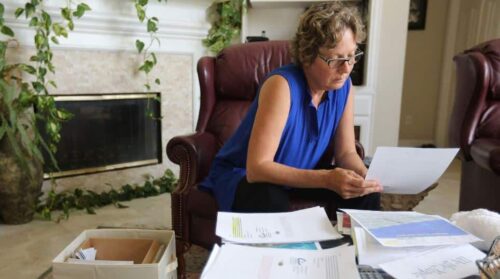The Pew Charitable Trusts estimates that by the end of 2040 insufficient retirement savings will have cost states and the federal government a combined $1.3 trillion in increased public assistance spending, administrative costs and reduced tax revenue.
Yes, but: In response, 17 states, including Rhode Island and Washington state in 2024, have or are in the process of creating state-run automated savings programs for private sector workers—also known as auto-IRA or work-and-save programs.
Why it matters: While the main benefit of these initiatives is to expand access to retirement savings options to more workers, some states are acknowledging the cost savings to their annual budgets.
What they’re saying: Washington State Treasurer Mike Pellicciotti has highlighted that his state’s program not only is “a cornerstone for wealth building and the long-term financial health for generations of Washingtonians” but also is vital for the state’s fiscal well-being, helping to lessen the burden of a projected $3.9 billion increase in spending on services for aging residents through 2040 that is tied to insufficient retirement savings.

